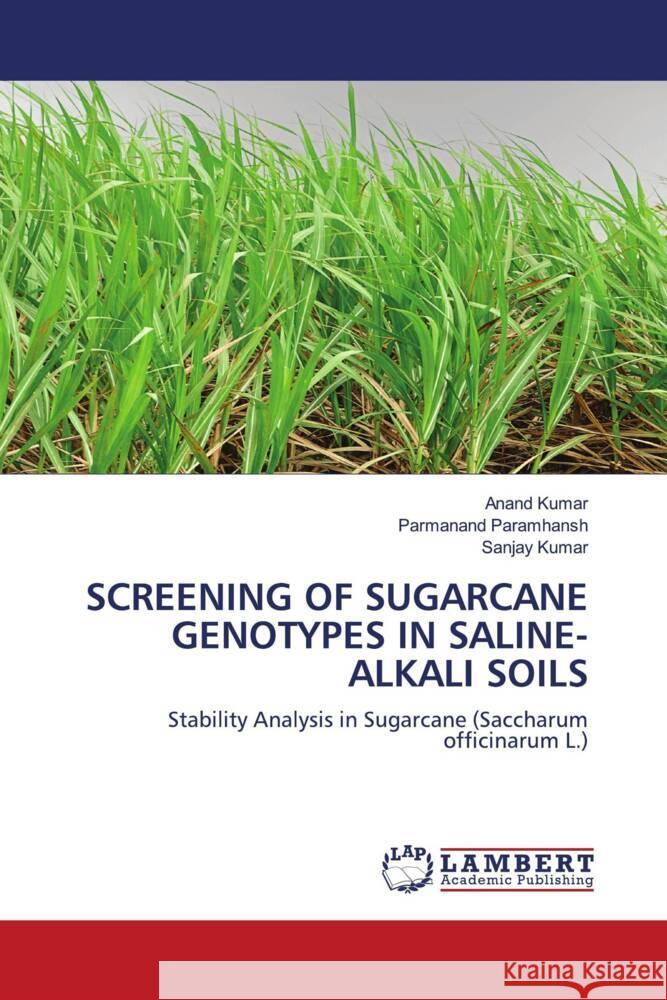SCREENING OF SUGARCANE GENOTYPES IN SALINE-ALKALI SOILS » książka
SCREENING OF SUGARCANE GENOTYPES IN SALINE-ALKALI SOILS
ISBN-13: 9786203855630 / Angielski / Miękka / 128 str.
Sugarcane, an Agro-industrial crop, is an important integral component of agriculture. It assumes an important position in the economy by contributing nearly 1.9 per cent of the National GDP. Sugarcane is cultivated in over 4.83 million hectares spread over a wide range of agro-ecological situations, both in tropical and sub-tropical regions. The excessive irrigation, poor drainage and luxuriant use of fertilizers have resulted in conversion of large fertile areas into saline lands. Salinity is major constraint in sugarcane productivity affecting germination, tillering, growth, yield and quality. Chlorides, sulphates, and bicarbonates of sodium, calcium and magnesium contribute in varying degrees of soil salinity. Sugarcane is classified as moderately sensitive to salinity. Sugarcane, being a typical glycophyte, grows poorly on saline lands. Identification and utilization of salt tolerant traits can make an important contribution to greater productivity in these areas.











